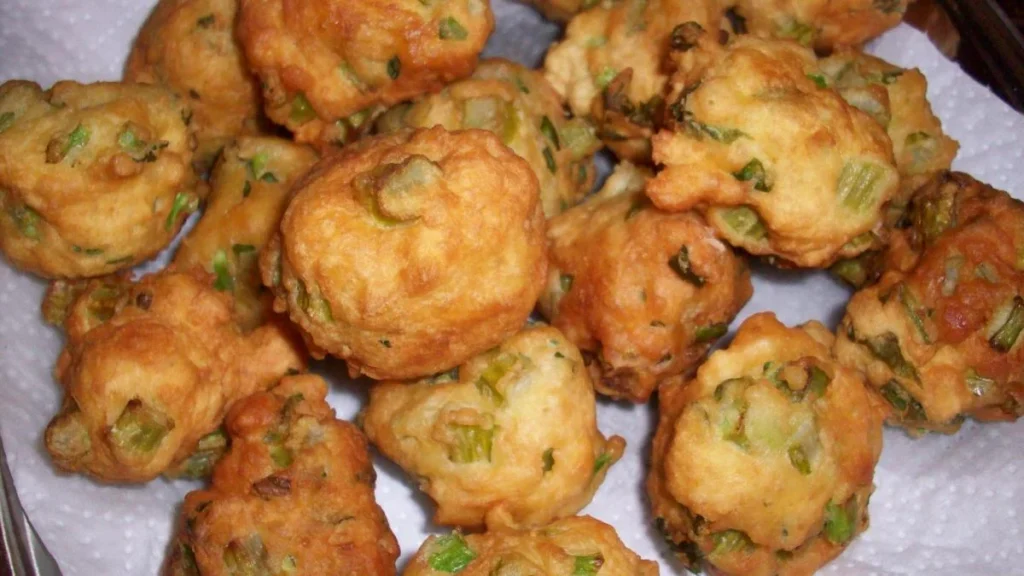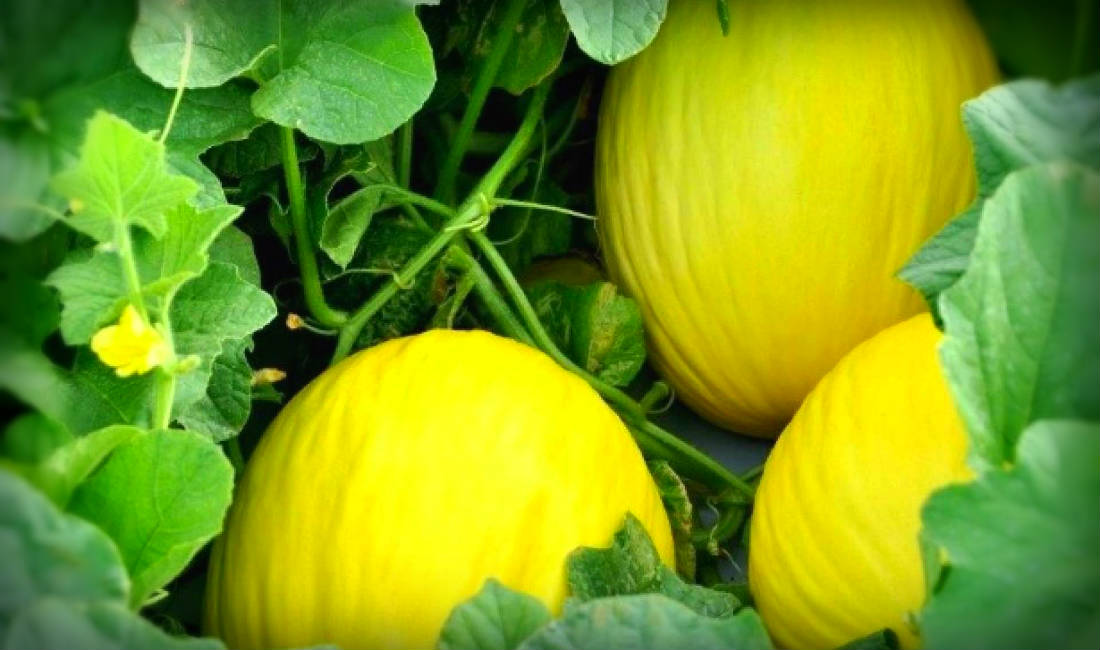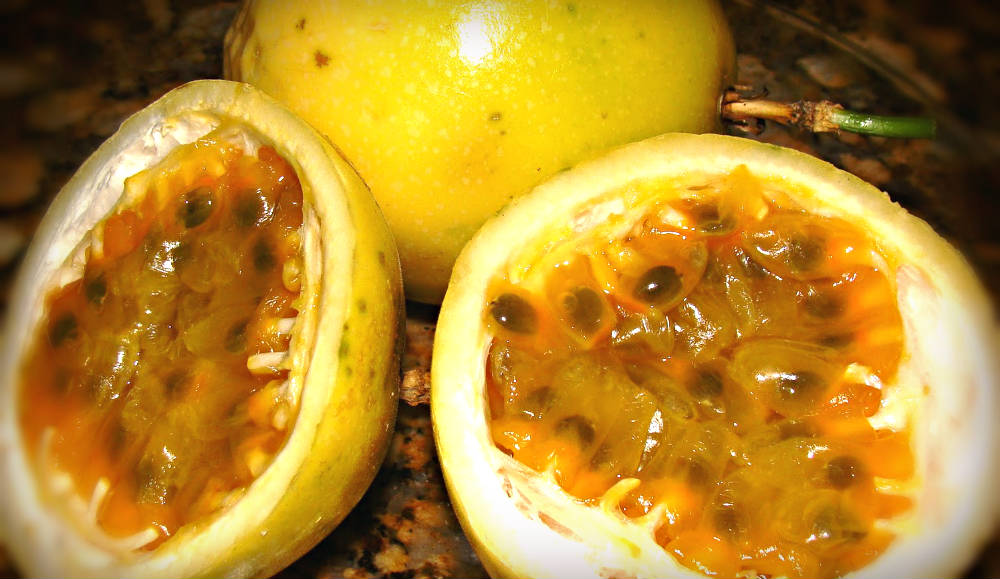Anúncios
Broccoli and other greens are often discarded, but these pieces often contain a significant amount of nutrients and can be turned into delicious fritters. By using the whole thing, you not only reduce waste, but also add nutritional value to your meals.
In this post, we’ll explore how you can use broccoli stalks to make tasty fritters, as well as discuss the benefits of recycling food in your kitchen.

Benefits of Using Vegetable Stems
Stems are an often overlooked part of a vegetable, but they have a nutritional profile that is just as rich as the more familiar parts. In the case of broccoli, for example, the stems are an excellent source of fiber and vitamins. Incorporating the stems into your diet helps reduce waste and maximize the nutritional value of your meals.
Using stems in your kitchen is a great way to recycle food that not only helps reduce waste, but can also lead to innovative and delicious recipes. Instead of throwing away these valuable pieces, you can turn them into snacks that are both nutritious and delicious.
Ingredients Needed for Stem Dumplings
To prepare the broccoli stalk fritters, you will need the following ingredients:
- 2 cups of cooked broccoli stalks
- 2 eggs
- 1 medium onion, chopped
- 1 teaspoon salt
- 6 tablespoons of wheat flour
These ingredients are simple and affordable, allowing you to make dumplings with what you already have at home. The combination of the stems with eggs and flour creates a pleasant texture and a flavor that everyone will enjoy.
Preparing the Stem Dumplings
The process for preparing the cupcakes is quite simple and involves just a few steps:
Start by blending the cooked broccoli stalks with the eggs in a blender. This creates a smooth mixture that will form the base of the dumplings. After blending, remove the mixture from the blender and add the other ingredients: chopped onion, salt and wheat flour. Mix well until you get a consistent dough.
Heat some oil in a frying pan and, using a spoon, drop small portions of the batter into the pan. Fry the dumplings until they are golden brown and crispy. This should take a few minutes on each side, ensuring that the dumplings are cooked through and have a nice texture.
Yield and Nutritional Value
This recipe makes approximately 35 fritters, making it ideal for a family lunch or dinner. The total calorie count of the fritters is about 365 calories, which is relatively low for such a generous portion. Using up your broccoli stalks in this way is an efficient way to add nutrients to your diet while practicing food recycling.
Exploring Other Recipes with Stalks and Food Waste
Food recycling goes beyond just making vegetable stem dumplings. There are many other ways to use less conventional parts of vegetables and fruits, such as stems, peels and seeds. One example is making a creamy salad with vegetable stems, which can be a nutritious and tasty addition to your meals.
You can also look for recipes that use vegetable peels, such as pumpkin and carrot peels, or even make broths and soups with discarded parts. This approach not only reduces waste, but also enriches your recipes with additional flavors and nutrients.
The Importance of Food Recycling in the Kitchen
Adopting food recycling practices is an effective way to contribute to a more sustainable environment and reduce the amount of waste we produce. By learning to make full use of food, you not only save money, but you also help preserve the environment.
Incorporating recipes like broccoli stalk fritters into your routine is a great first step towards a more sustainable kitchen. Explore different ways to use stalks and other food waste and discover new possibilities in the kitchen, while doing your part to preserve the planet.
Encouraging Recycling in the Kitchen
Involving your family in the practice of food recycling can be an educational and fun activity. By preparing recipes with food parts that would normally be thrown away, you can teach children about the importance of reducing waste and valuing each ingredient. Experiment with different recipes and share your results, inspiring others to follow suit and adopt more sustainable cooking practices.
Be aware of recycling opportunities in your own kitchen and discover how each ingredient can be used in creative and delicious ways. Food recycling is not just a trend, but an essential practice for a more sustainable and healthy future.
Learn how to make other arts by recycling, Click here.
Check out interesting facts about recycling clicking here.




